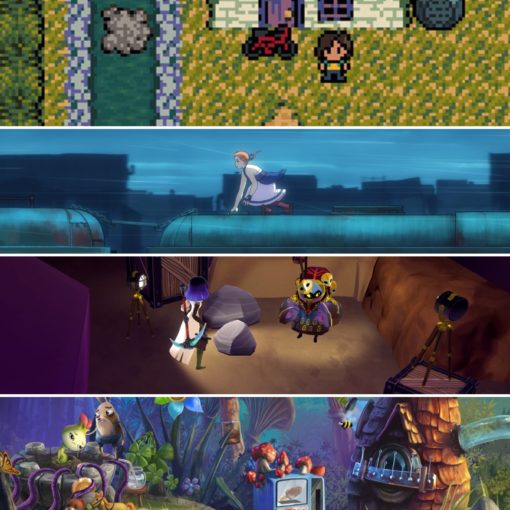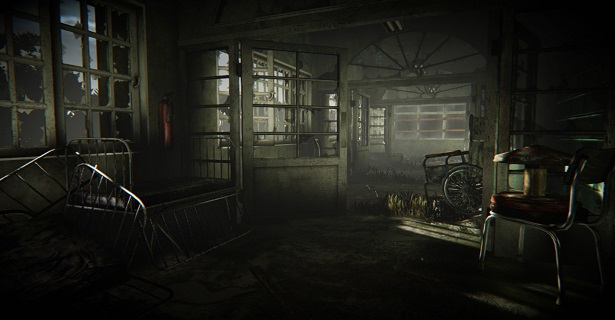Virtual reality: the Sims had it long before I was aware that it was something that was possible outside of kitschy sci-fi movies. It was the best and most efficient way to give a Sim some much needed entertainment, if you could afford it anyway. Once the Sim had strapped themselves into the headset they would flail around in some sort of unseen journey, completely absorbed . . . at least until their bladder couldn’t hold out any longer. But while the VR headset seemed to designate some degree of financial success in The Sims – no matter how these funds were acquired, I don’t judge – I can’t help but approach the rush to develop and break ground in the market with caution. It seems to me that VR may be ultimately destined to follow the same path as those of 3D televisions and movies if not approached carefully – ultimately finding itself in a state in which the initial hype of new technological capabilities can only support its existence for so long. But while it might be alluring to throw as many titles as possible at these new pieces of technology, I think that only creates the same problem that 3D movies encountered and continues to encounter: needless over saturation. Instead I’d argue that by pinpointing specific game titles and genres whose “magic circle” of immersion may genuinely be aided with VR technology, VR can avoid the spiral down into relative niche status.
Sony is the latest to make their attempt to enter the virtual reality market. In order to compete with the now-contested Oculus Rift, Sony’s developing a VR device of its own called Project Morpheus, which will function with the PS4. Although one could argue that this alone reveals that the market is already priming itself to be overcrowded before it’s even really begun, I’m not primarily fixed on the economic components of the release. Instead I think that it’s important to question how this technology will be used, and whether or not it will just become a niche product or hardly used addition. For much like 3D televisions with their burdensome glasses and miniscule arsenal of 3D-capable programs and movies not originally intended for 3D that get released in theaters with poorly-implemented 3D, games made to function in virtual reality could misuse the technology.
To combat this happening I would argue that one needs to question what types or genres of games will benefit the most from this technology and how it can add to the highly sought after immersion factor well designed video games offer. While I wont pretend to be an expert on what it’s like to play with virtual reality, as I discussed on last night’s podcast, I couldn’t help but wonder on what it would be like to partner the technology with the horror genre. As a Kickstarter-based, survival horror game called Cult County intends to be one of the first games released to be compatible with Sony’s Project Morpheus, I wondered how it would affect the way players experience the “scares” horror games try so hard to deliver. Certainly in this instance the immersion virtual reality offers would add to the intensity in which the player experiences the scares – making the events that happen in the game feel more real and vivid. It would also add to the sense of vulnerability that naturally increases the fear reaction. But while I feel that horror games would make an ideal test medium, VR just doesn’t seem applicable on a game-wide level.
Virtual reality may prove me wrong. Perhaps the new angle this presents to gaming and game design will usher in a new boom of interest within the gaming public. Perhaps games transcribed into VR will approach the unique needs and experience VR headsets and technologies require into account throughout the game design process. Ultimately, of course, there’s no exact way of knowing how this will turn out or how developers will respond until it’s actually released, but either way I think we can safely say that we’re at a notable point in the history of game design.




